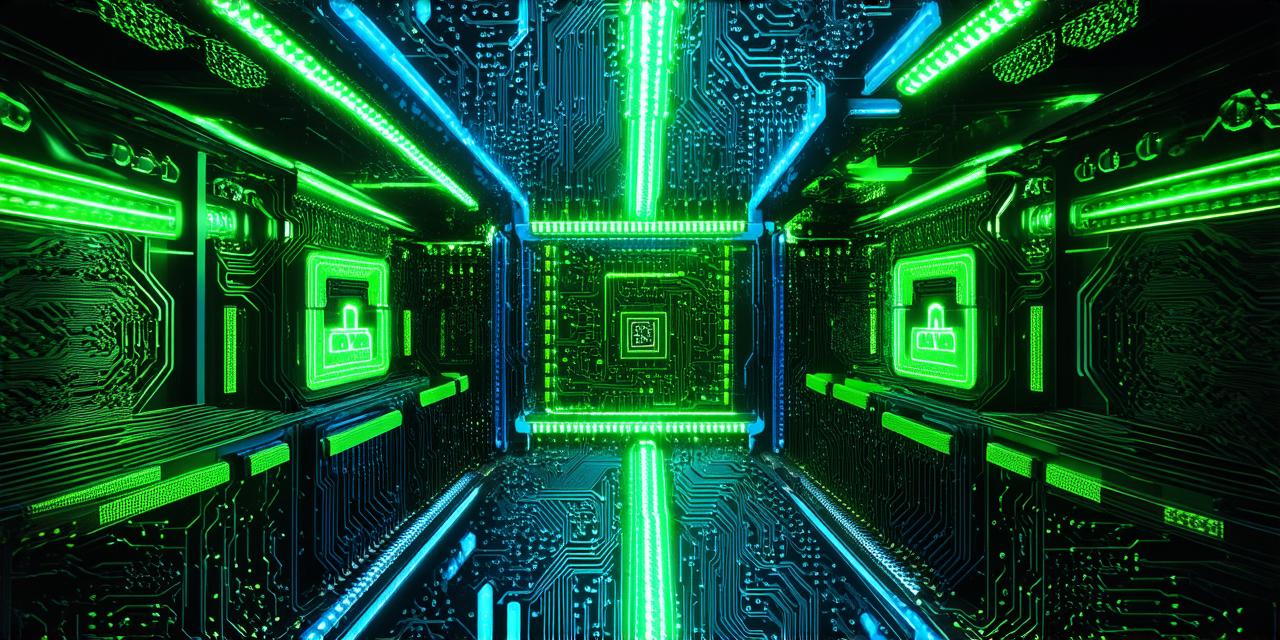Introduction
Blockchain technology offers numerous benefits, including increased transparency, immutability, and security. However, securing a blockchain server can be challenging, especially if you are new to the technology. In this article, we will provide a comprehensive guide on how to secure your blockchain server and protect it from potential threats.
Understanding Blockchain Security
Blockchain technology is based on cryptographic principles that make it difficult to tamper with or alter data. The decentralized nature of blockchain means that there is no single point of failure, making it more resistant to attacks than traditional databases. However, this does not mean that blockchain servers are immune to threats.
Best Practices for Securing Your Blockchain Server
Here are some best practices for securing your blockchain server:
- Use a secure operating system
- Implement multi-factor authentication
- Regularly update software and firmware
- Implement access controls
- Back up data and store it securely
- Use encryption to protect data in transit and at rest
- Monitor your server for potential threats
Common Threats and Vulnerabilities
Here are some common threats and vulnerabilities that blockchain servers can face:
- Malware infections
- Denial-of-service (DoS) attacks
- Unauthorized access
- Data breaches
- Smart contract vulnerabilities
Mitigating Risks with Multi-Factor Authentication
Multi-factor authentication (MFA) adds an extra layer of security by requiring users to provide two or more forms of identification before accessing the server and its data. This can include something you know (a password), something you have (a token), and something you are (biometric data). MFA can help prevent unauthorized access, even if a user’s password is compromised.
Regularly Updating Software and Firmware
Keeping your blockchain server’s software and firmware up-to-date is crucial for addressing known vulnerabilities and preventing attacks. It is important to test updates thoroughly before implementing them in a production environment to avoid compatibility issues or other problems.
Implementing Access Controls
Access controls ensure that only authorized users have access to the server and its data. This can include user roles, permissions, and access levels. Implementing access controls can help prevent unauthorized access and data breaches.
Backing Up Data and Storing It Securely
Regularly backing up your blockchain server’s data is essential for preventing data loss in case of a disaster or cyberattack. Store backups in a secure location that is separate from the server to prevent unauthorized access.

Using Encryption to Protect Data in Transit and at Rest
Encryption ensures that data transmitted over the network and stored on the server is protected from unauthorized access. This can include using SSL/TLS certificates for network traffic and encrypting data at rest using algorithms such as AES-256.
Monitoring Your Server for Potential Threats
Regularly monitoring your blockchain server’s activity logs and system performance is essential for identifying potential threats or vulnerabilities. Use tools such as intrusion detection systems (IDS) and security information and event management (SIEM) solutions to automate this process and stay ahead of potential attacks.
Summary
Blockchain servers are becoming increasingly important in a variety of industries, including finance, supply chain, and healthcare. However, they also present unique security challenges that require careful consideration and planning. By implementing best practices for securely managing blockchain servers, organizations can minimize the risk of data breaches, malware infections, and other security threats.
